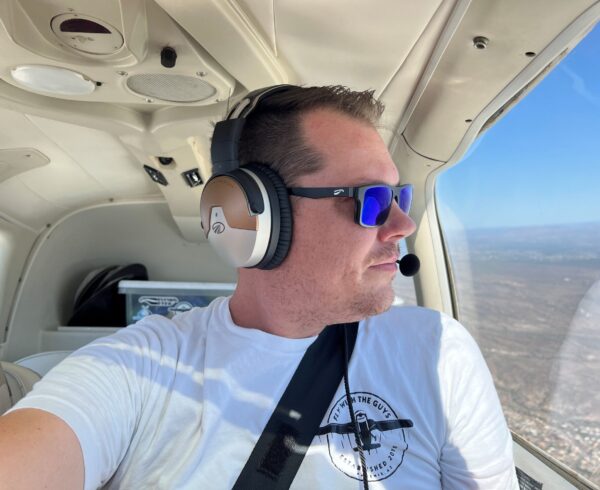In life there are three kinds of people: those who watch their lives happen, those who make their lives happen and those who wonder how life happens. Pilots tend to fall into the first camp, being “make life happen” people.
But even pilots can fall behind the curve and start to watch life and time go by. If you are a non-current pilot, understanding and applying brain science can help you get on the right side of the power curve. Flexible thinking is key to getting back in to the air.
It’s just brain science
As licensed psychotherapist, I have always been fascinated by brain science. I have experienced firsthand the challenges in remaining a lifetime learner and flexible thinker — both as a student pilot, and now as a private pilot with advanced ratings.
Neural pathways are like goat trails in the brain. We establish well-worn patterns of thinking and develop neural pathways, which become default ways of thought behavior. Thought, experience and behavior form schemas, a cognitive framework, that help us to interpret and understand our world, and can be predictive in nature.
Humans naturally prefer to filter new information through an old way of thinking. This process is called assimilation. Habitual assimilation is when we take new information and make sense of it through trying to relate it to old learning or ways of thinking. However many times information or experience won’t fit in an existing schema. In those times we have to accommodate the information into a new way of thinking. An example might be a VFR pilot used to looking outside the airplane for a horizon reference. He or she would natively want to look for visual cues externally [old thinking] and have to make a new way of thinking that relies on instruments inside the cockpit.
Be flexible; stay optimistic
If you have been an active pilot in the past it might be difficult to allow yourself to now be a learner. Additionally if there has been a significant amount of time of inactivity in piloting, technological advances will play a role in your gaining not only currency, but mastery. Optimism will be a powerful tool you can utilize to reach your goals.
Brain research in decades past pointed to brain development being completed in stages of childhood and remaining relatively fixed until death. However in the late 90s, research began to show evidence of neural plasticity, the idea that your brain isn’t completely hard-wired. Through experience and training, we can re-wire or alter the brain’s functioning, forcing a cortical and neuronal re-wiring. Breaking out of a cycle of inaction or inactivity requires action. If we default to old ways of thinking we will do ourselves a disservice. Though it is hard, thinking in new ways helps us in the long run.
Flexible thinking is one key to getting out of a holding pattern. I always say that practice makes practice, and through practice you will gain mastery. Having one achievement opens up the belief that you can do more.
Take that first flight, sign up for a class, or simply reach out to a pilot friend for inspiration. That first step out of your comfort zone will make it easier for you to take the next step… until you are ready to take flight again.
Learn from the best, let yourself make mistakes, give yourself grace, and make your life happen.
Photo credit: Jolie Lucas















Leave a Comment